Shraddha Mane
Zero-shot learning approach to adaptive Cybersecurity using Explainable AI
Jun 21, 2021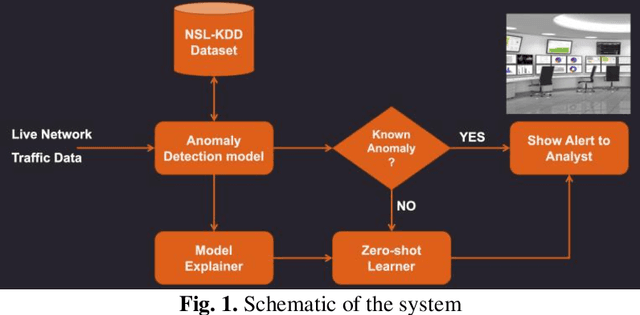
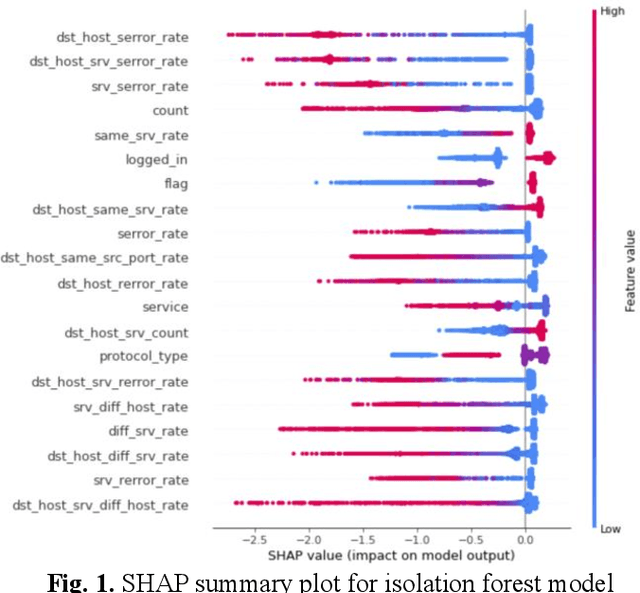
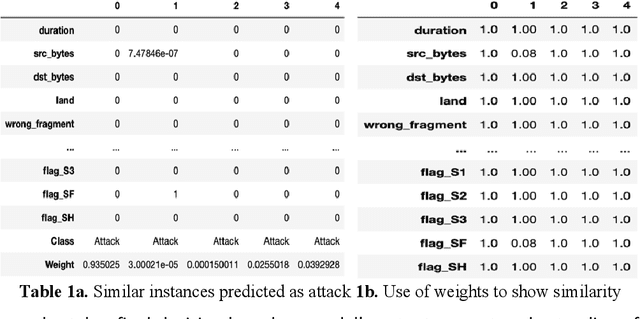
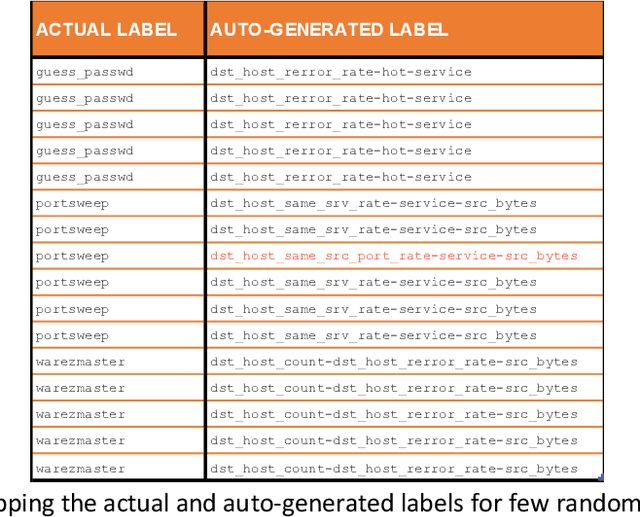
Abstract:Cybersecurity is a domain where there is constant change in patterns of attack, and we need ways to make our Cybersecurity systems more adaptive to handle new attacks and categorize for appropriate action. We present a novel approach to handle the alarm flooding problem faced by Cybersecurity systems like security information and event management (SIEM) and intrusion detection (IDS). We apply a zero-shot learning method to machine learning (ML) by leveraging explanations for predictions of anomalies generated by a ML model. This approach has huge potential to auto detect alarm labels generated in SIEM and associate them with specific attack types. In this approach, without any prior knowledge of attack, we try to identify it, decipher the features that contribute to classification and try to bucketize the attack in a specific category - using explainable AI. Explanations give us measurable factors as to what features influence the prediction of a cyber-attack and to what degree. These explanations generated based on game-theory are used to allocate credit to specific features based on their influence on a specific prediction. Using this allocation of credit, we propose a novel zero-shot approach to categorize novel attacks into specific new classes based on feature influence. The resulting system demonstrated will get good at separating attack traffic from normal flow and auto-generate a label for attacks based on features that contribute to the attack. These auto-generated labels can be presented to SIEM analyst and are intuitive enough to figure out the nature of attack. We apply this approach to a network flow dataset and demonstrate results for specific attack types like ip sweep, denial of service, remote to local, etc. Paper was presented at the first Conference on Deployable AI at IIT-Madras in June 2021.
Explaining Network Intrusion Detection System Using Explainable AI Framework
Mar 12, 2021
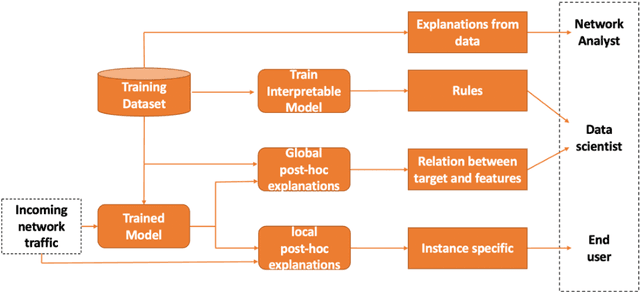

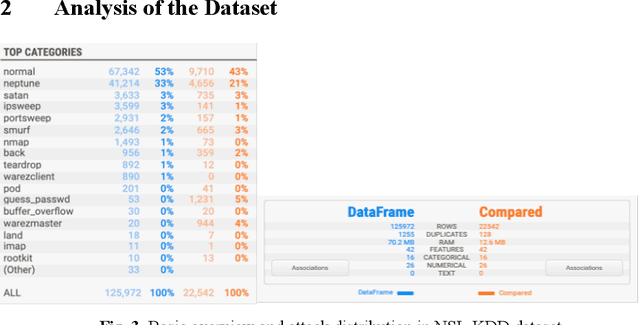
Abstract:Cybersecurity is a domain where the data distribution is constantly changing with attackers exploring newer patterns to attack cyber infrastructure. Intrusion detection system is one of the important layers in cyber safety in today's world. Machine learning based network intrusion detection systems started showing effective results in recent years. With deep learning models, detection rates of network intrusion detection system are improved. More accurate the model, more the complexity and hence less the interpretability. Deep neural networks are complex and hard to interpret which makes difficult to use them in production as reasons behind their decisions are unknown. In this paper, we have used deep neural network for network intrusion detection and also proposed explainable AI framework to add transparency at every stage of machine learning pipeline. This is done by leveraging Explainable AI algorithms which focus on making ML models less of black boxes by providing explanations as to why a prediction is made. Explanations give us measurable factors as to what features influence the prediction of a cyberattack and to what degree. These explanations are generated from SHAP, LIME, Contrastive Explanations Method, ProtoDash and Boolean Decision Rules via Column Generation. We apply these approaches to NSL KDD dataset for intrusion detection system and demonstrate results.
Digital Twin approach to Clinical DSS with Explainable AI
Oct 22, 2019Abstract:We propose a digital twin approach to improve healthcare decision support systems with a combination of domain knowledge and data. Domain knowledge helps build decision thresholds that doctors can use to determine a risk or recommend a treatment or test based on the specific patient condition. However, these assessments tend to be highly subjective and differ from doctor to doctor and from patient to patient. We propose a system where we collate this subjective risk by compiling data from different doctors treating different patients and build a machine learning model that learns from this knowledge. Then using state-of-the-art explainability concepts we derive explanations from this model. These explanations give us a summary of different doctor domain knowledge applied in different cases to give a more generic perspective. Also these explanations are specific to a particular patient and are customized for their condition. This is a form of a digital twin for the patient that can now be used to enhance decision boundaries for earlier defined decision tables that help in diagnosis. We will show an example of running this analysis for a liver disease risk diagnosis.
 Add to Chrome
Add to Chrome Add to Firefox
Add to Firefox Add to Edge
Add to Edge